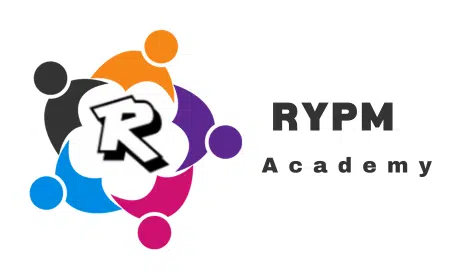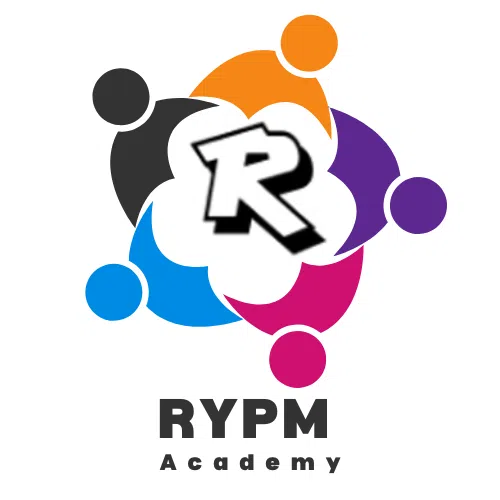Introduction to Business Analysts and Product Owners
The roles of Business Analysts (BAs) and Product Owners (POs) are integral to the successful execution of projects across a multitude of industries. While they share similarities, their responsibilities and focus areas diverge significantly, each contributing uniquely to the project lifecycle. Understanding these differences is essential for any organization aiming to optimize its processes and results.
A Business Analyst acts as a bridge between stakeholders and the technical team. Their primary responsibility is to assess business needs and translate them into clear, actionable requirements. This involves gathering, documenting, and analyzing data to ensure that solutions align with business objectives. BAs often engage in problem-solving, stakeholder interviews, and data analysis to foster an understanding that paves the way for informed decision-making. In various domains such as finance, healthcare, and IT, BAs play a pivotal role in driving business value through their analytical skills and knowledge of the market landscape.
On the other hand, the Product Owner is primarily focused on the product itself. This role is foundational in agile frameworks and involves defining product vision, maintaining the product backlog, and prioritizing development tasks. A PO ensures that the development team has a clear understanding of the desired outcomes and objectives. By actively engaging with stakeholders, they can refine features and functionalities, balancing technical feasibility with user needs. Their influence spans various sectors including software development, e-commerce, and consumer products, where they directly contribute to product alignment with market demands.
In summary, both Business Analysts and Product Owners are essential for achieving project success. While BAs scrutinize processes and gather requirements, POs prioritize product functionalities and guide development efforts. Together, these roles enhance team effectiveness and enhance the overall functioning of projects, ensuring that both business and user needs are met efficiently.
Key Differences in Responsibilities
The roles of Business Analysts and Product Owners, while related, encompass distinct responsibilities that set them apart in various domains such as IT, healthcare, and finance. A Business Analyst primarily focuses on gathering, analyzing, and documenting requirements from stakeholders. This role is pivotal in understanding business needs and translating them into functional specifications. For instance, in the IT domain, a Business Analyst might engage with stakeholders to collect detailed user stories and functional requirements, ensuring that all necessary information is available for the development team to create a suitable product.
On the other hand, a Product Owner plays a critical role in prioritizing the product backlog and making decisions concerning product features. This responsibility involves balancing stakeholder demands with the overall vision for the product. In a healthcare setting, for instance, a Product Owner would be responsible for determining which features of a healthcare application to develop first, ensuring that the most valuable functionalities are delivered in alignment with patient and provider needs. The Product Owner works directly with development teams to provide clarity on prioritized features, ensuring projects remain agile and focused.
Moreover, the Business Analyst often engages in extensive market research and data analysis to support their findings. This involves identifying trends and challenges within the market that inform product development. Conversely, the Product Owner must maintain a comprehensive understanding of the competitive landscape but focuses on immediate trade-offs and feedback oriented towards improving the product in real-time. The differences in these responsibilities illustrate how both roles, though collaborative, have unique functions that are essential to the success of the business objectives and product delivery across various industries.
Skills and Competencies Required
Understanding the skills and competencies required for Business Analysts and Product Owners is essential for anyone seeking to excel in these roles. Both positions demand a unique set of skills tailored to their specific responsibilities; however, there is also considerable overlap. Key skill categories include technical, analytical, communication, and leadership skills.
Technical skills are crucial for both Business Analysts and Product Owners to effectively engage with development teams. A Business Analyst might require proficiency in data modeling, database management systems, and various analytical tools. On the other hand, a Product Owner needs a strong grasp of product management software and agile methodologies. Mastery of these technologies ensures that both professionals can contribute effectively to project development cycles.
Analytical skills are fundamental to both roles. Business Analysts primarily focus on data analysis, interpreting trends, and providing actionable insights to drive business decisions. This competence ensures that they can identify opportunities and challenges as they arise. Conversely, Product Owners employ analytical skills to assess user feedback and prioritization of product features, ensuring that the product meets market demands and user expectations.
Communication skills are vital as well. Business Analysts must facilitate discussions between stakeholders and technical teams, translating complex concepts into comprehensible terms. Product Owners, meanwhile, leverage communication to convey the product vision and gather stakeholder input, ensuring alignment and clarity in objectives. The ability to construct clear messages and foster collaboration is essential in both functions.
Leadership skills differentiate the two roles significantly. Product Owners often take on more responsibilities related to guiding product development and making final decisions, requiring strong leadership abilities. Business Analysts, while still needing to exhibit leadership in project roles, often concentrate more on influence and negotiation rather than authoritative control. Ultimately, domain knowledge enhances these skill sets, allowing both roles to adapt their competencies to niche environments, making their contributions more impactful. This domain-specific expertise can be the key to maximizing the potential of Business Analysts and Product Owners in diverse contexts.
Collaboration and Interactions with Other Roles
Collaboration among Business Analysts (BAs), Product Owners (POs), and other key stakeholders is fundamental to the successful delivery of projects across various domains. In Agile environments, the BA typically serves as a bridge between the customer and the development team, ensuring that user requirements are accurately captured and communicated. This role involves eliciting requirements through discussions and workshops, ultimately aligning stakeholders’ needs with project objectives. The Product Owner, on the other hand, prioritizes these requirements in the product backlog, ensuring that development efforts are focused on delivering maximum value to the customer.
Interactions between these roles, along with developers and project managers, are iterative and dynamic. Developers rely heavily on BAs for detailed specifications and clarifications, which help reduce ambiguity and streamline the development process. Concurrently, the Product Owner communicates with developers to clarify priorities and accept or reject features based on acceptance criteria. This constant interaction not only enhances team cohesion but also fosters an environment of continuous feedback and learning.
In contrast, traditional project management approaches may emphasize a more hierarchical structure, where BAs and POs may not engage as directly with developers. In such frameworks, BAs typically focus on documentation and requirements specifications, often acting as intermediaries between stakeholders and development teams. Here, communication can be less proactive, sometimes leading to misunderstandings or delays. Nonetheless, regardless of the methodology employed, the significance of strong collaboration remains a common thread across all domains.
Ultimately, the interplay among BAs, POs, and other stakeholders significantly influences project outcomes. Effective collaboration can streamline workflows, ensure transparency, and promote a shared understanding of objectives, thereby enhancing the likelihood of project success. Emphasizing these interactions within Agile frameworks or traditional setups is vital for realizing the potential of both Business Analysts and Product Owners in delivering high-quality products and services.

